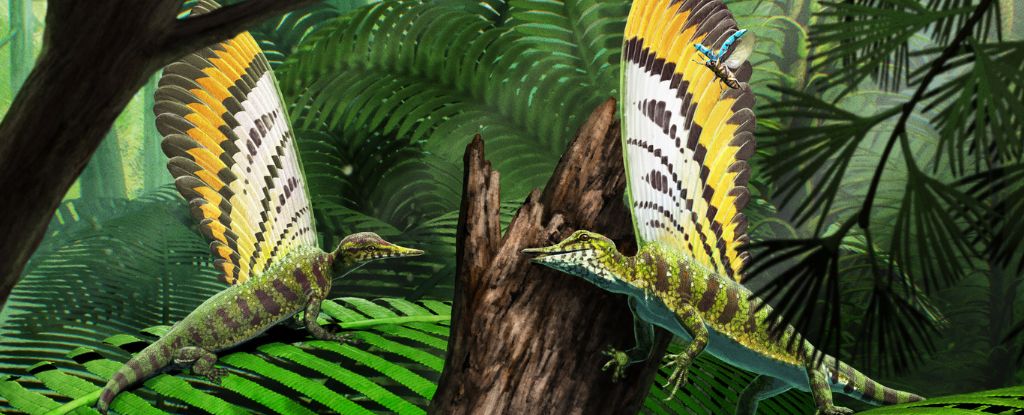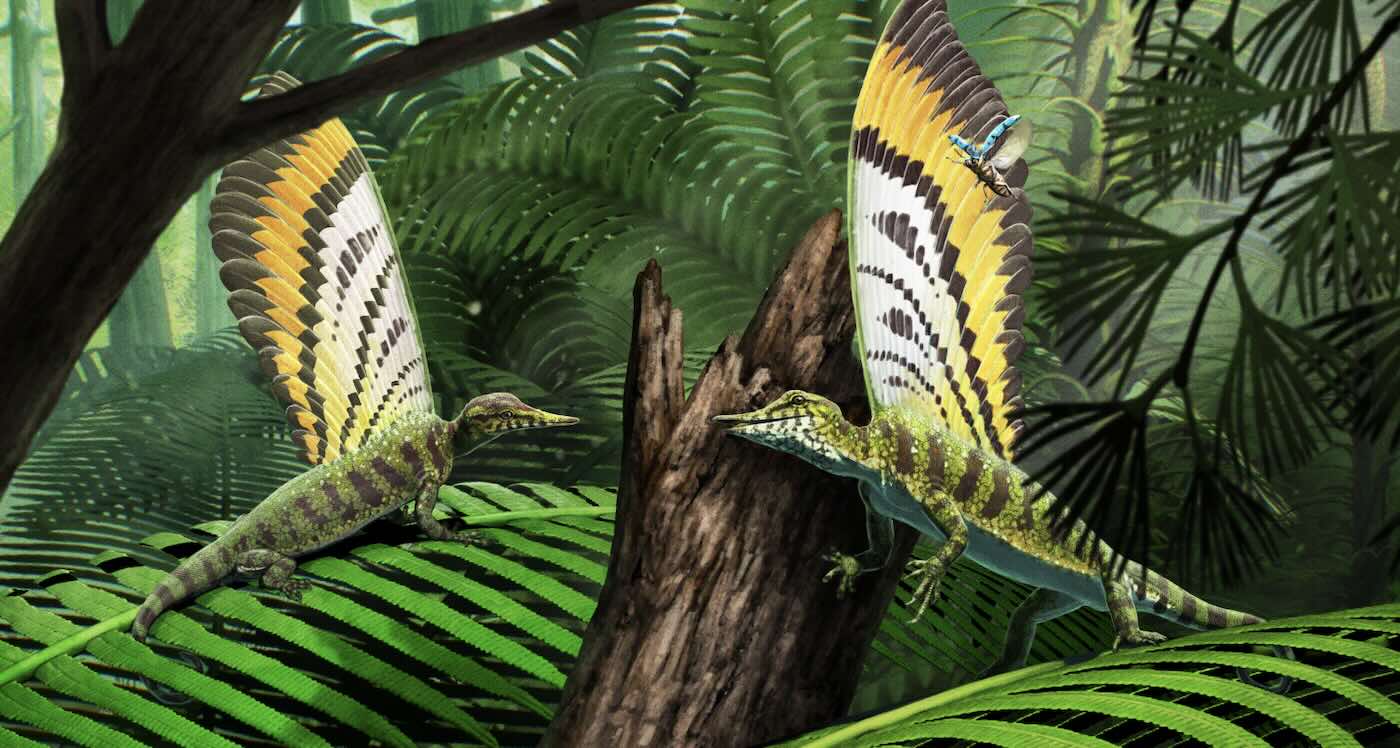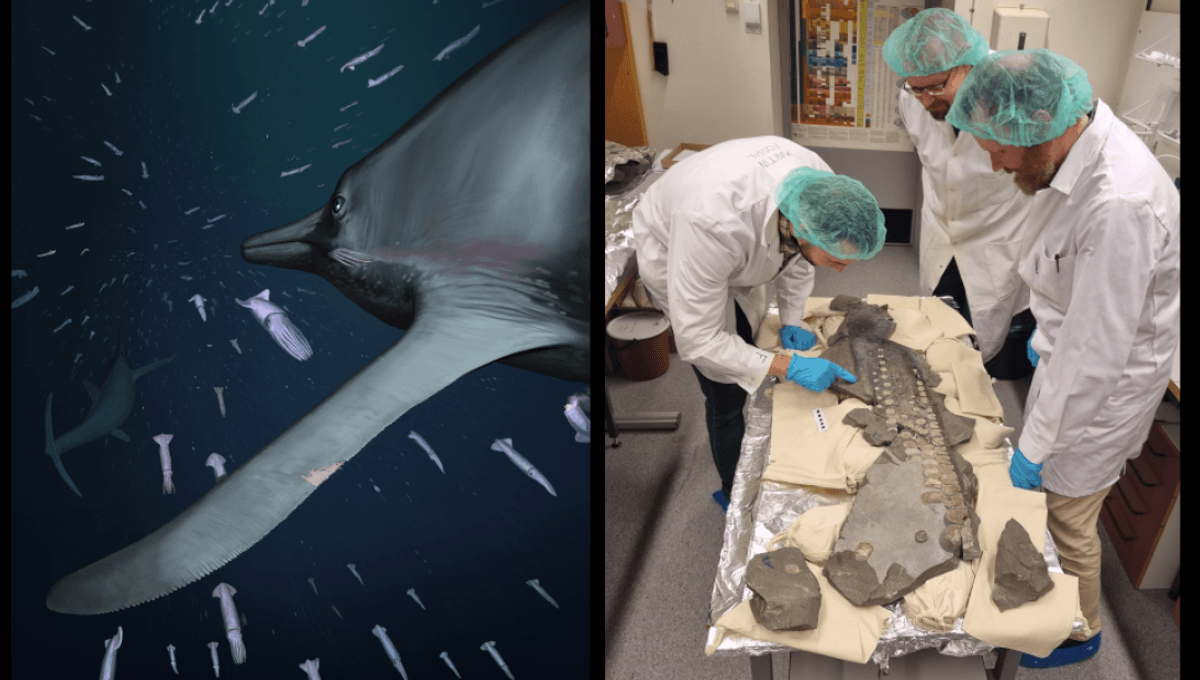T4K3.news
Unique reptile fossil offers new insights into evolution
A 247-million-year-old fossil shows an extraordinary appendage that redefines reptiles.

A newly discovered fossil shows a unique appendage that challenges our understanding of reptile evolution.
Bizarre reptile fossil reveals complex appendage
Researchers have unveiled the extraordinary fossil of a 247-million-year-old reptile named Mirasaura grauvogeli. Found in Germany, this creature possessed an elaborate crest that does not resemble scales, bones, or feathers. This discovery sheds light on a previously unknown form of skin outgrowth from early reptiles, suggesting that complex structures did not solely evolve in mammals and birds. Notably, the dorsal crest may be made of keratin and offers insights into the evolutionary pathways of appendage development. The appended feature may have served a role in visual signaling rather than flight or insulation, altering perceptions of reptile biology throughout history.
Key Takeaways
"This had to be something new."
Stephan Spiekman's remark emphasizes the uniqueness of the discovery.
"Mirasaura developed an alternative to feathers very early in Earth's history."
Rainer Schoch highlights the surprising evolutionary path evident in the fossil.
The discovery of Mirasaura grauvogeli serves as a reminder of the complexity hidden within prehistoric life. As researchers probe deeper into the past, they challenge existing narratives about evolution. This reptile's distinctive appendage hints at the intertwined pathways of development among various species, calling into question the simplicity often ascribed to reptiles. Such findings will likely prompt further research into the evolutionary significance of non-feathered appendages, illustrating that the story of life on Earth is far richer than previously thought.
Highlights
- Reptiles are more complex than we thought.
- Mirasaura challenges what we know about evolution.
- Not all appendages in ancient life are feathers.
- Evolution surprises us in fascinating ways.
Potential backlash from traditional views of reptile evolution
The discovery of a complex appendage may challenge accepted understanding among some evolutionary biologists and result in pushback against long-held beliefs.
This discovery opens new avenues for understanding how evolution shapes animal features.
Enjoyed this? Let your friends know!
Related News

New Triassic reptile discovery changes views on feather evolution

Pulaosaurus Qinglong discovered in China

Study Reveals Possible Size of Early Dinosaurs

Triassic reptile skin discovery reshapes evolutionary understanding

New Mole Fossil Found That Changes Evolution Understanding

Groundbreaking Fossil Discovery Revealed

New Fossils in China Upend Human Evolution Theories

First Soft Tissue Fossil of Giant Ichthyosaur Found
